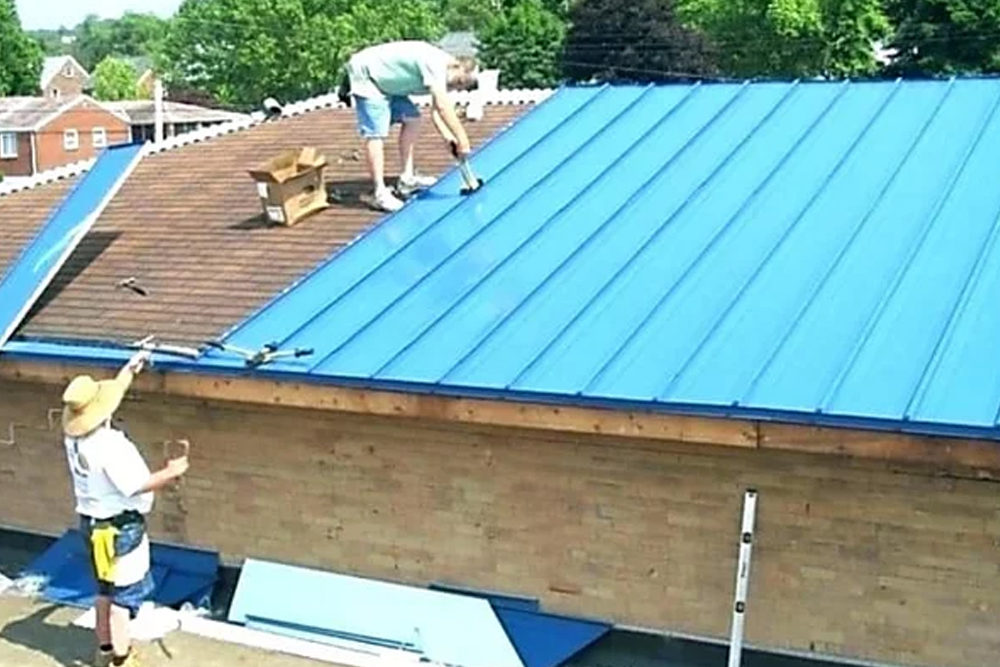Explore spray foam insulation types, applications, and factors that influence them
Spray foam insulation has become a popular choice for homeowners and builders seeking effective thermal barriers and air sealing solutions. This versatile material expands upon application, filling gaps and creating a continuous insulation layer that can significantly improve energy efficiency. With different formulations available, each offering unique properties and applications, understanding the various types and their appropriate uses helps ensure optimal performance for your specific project needs.

Understanding spray insulation foam
Spray foam insulation consists of two main chemical components that mix and react when applied, creating an expanding foam that hardens into a solid insulation barrier. The two primary types are open-cell and closed-cell spray foam, each offering distinct characteristics and applications. Open-cell foam has a lower density and provides excellent sound dampening properties, while closed-cell foam offers superior moisture resistance and structural strength. The application process involves specialized equipment that heats and pressurizes the chemicals before spraying them onto surfaces, where they expand to fill gaps and create an airtight seal.
The R-value, which measures thermal resistance, varies between the two types. Open-cell spray foam typically provides an R-value of 3.5 to 4 per inch, while closed-cell foam offers 6 to 7 per inch. This difference makes closed-cell foam more suitable for areas requiring maximum insulation efficiency, such as exterior walls and roofing applications. The expansion rate also differs, with open-cell foam expanding more dramatically than closed-cell varieties.
Benefits of using spray insulation foam
Spray foam insulation delivers multiple advantages that extend beyond traditional insulation materials. The primary benefit lies in its ability to create an air barrier while providing thermal insulation, effectively addressing both heat transfer and air leakage issues simultaneously. This dual function can result in energy savings of 20 to 50 percent compared to traditional insulation methods, depending on the building’s existing conditions and climate zone.
The material’s expanding properties allow it to seal irregular surfaces, gaps, and hard-to-reach areas that conventional insulation materials cannot effectively cover. This comprehensive coverage eliminates thermal bridging and reduces drafts, contributing to more consistent indoor temperatures and improved comfort levels. Additionally, closed-cell spray foam adds structural strength to walls and roofing systems, potentially increasing the building’s resistance to wind loads and improving overall structural integrity.
Moisture control represents another significant advantage, particularly with closed-cell formulations that act as vapor barriers. This characteristic helps prevent mold growth and wood rot in building structures, extending the lifespan of construction materials and maintaining healthier indoor air quality.
Potential drawbacks and concerns
Despite its benefits, spray foam insulation presents several considerations that property owners should evaluate carefully. The initial cost typically exceeds traditional insulation materials, with installation expenses ranging from two to three times higher than fiberglass or cellulose alternatives. However, the long-term energy savings often offset this higher upfront investment over time.
Installation quality significantly impacts performance, and improper application can lead to issues such as incomplete coverage, off-ratio mixing, or inadequate curing. These problems may result in poor adhesion, shrinkage, or reduced insulation effectiveness. Professional installation becomes crucial, as the specialized equipment and technical expertise required make this unsuitable for most do-it-yourself projects.
Health and safety considerations during installation include the need for proper ventilation and protective equipment, as the chemicals can produce harmful vapors before curing. Occupants typically must vacate the premises during application and for a specified period afterward. Some individuals may experience sensitivity to the cured foam, though properly installed and cured spray foam generally poses minimal health risks.
| Provider | Service Type | Coverage Area | Cost Estimation |
|---|---|---|---|
| Icynene | Open/Closed Cell | National | $1.50-$3.50 per sq ft |
| BASF | Closed Cell Systems | National | $2.00-$4.00 per sq ft |
| Demilec | Open Cell Specialty | Regional | $1.25-$3.00 per sq ft |
| SES Foam | Full Service | Multi-State | $1.75-$3.75 per sq ft |
Prices, rates, or cost estimates mentioned in this article are based on the latest available information but may change over time. Independent research is advised before making financial decisions.
Installation tips and best practices
Successful spray foam installation requires careful preparation and adherence to manufacturer specifications. Surface preparation involves cleaning areas of dust, debris, and moisture, as contamination can affect adhesion and curing. Temperature and humidity conditions must fall within specified ranges, typically between 60-80°F with relative humidity below 85 percent, to ensure proper chemical reactions and foam expansion.
Proper mixing ratios are critical for achieving optimal performance characteristics. Professional installers use specialized equipment that maintains precise temperature and pressure controls while ensuring accurate chemical proportions. Multiple thin passes often produce better results than attempting to achieve full thickness in a single application, particularly for thicker installations.
Quality control measures include monitoring foam rise and cure times, checking for proper adhesion, and trimming excess material to achieve desired thickness levels. Post-installation inspection should verify complete coverage, appropriate density, and absence of gaps or voids that could compromise thermal performance.
Timing considerations include allowing adequate cure time before covering with drywall or other finishing materials. Most spray foams require 24 to 48 hours for complete curing, during which proper ventilation helps remove any residual odors and ensures occupant safety upon re-entry.
Spray foam insulation represents a significant investment in building performance and energy efficiency. While the higher initial costs and installation complexity require careful consideration, the long-term benefits of improved comfort, energy savings, and structural enhancement make it an attractive option for many applications. Success depends largely on proper product selection, professional installation, and adherence to manufacturer guidelines throughout the process.




